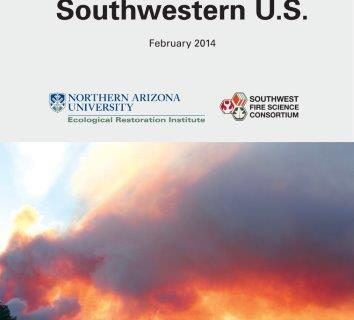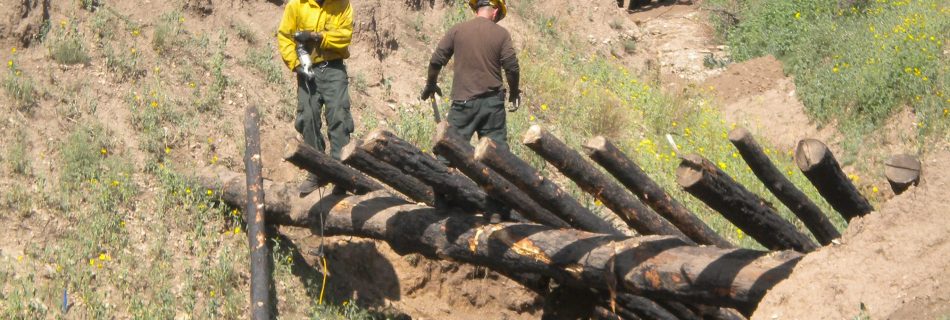February 13, 2014: Restoring Composition and Structure in Southwestern Frequent-Fire Forests: A science-based framework for improving ecosystem resiliency
Presenters: Richard Reynolds, Andrew Sánchez Meador, James Youtz, Tessa Nicolet, Megan Matonis, Patrick Jackson, Donald DeLorenzo, Andrew Graves (based on RMRS-GTR-310) Originally intended as pre-work for “Fostering resilience in Southwestern ecosystems: A problem solving workshop” on February 13, 2014. Watch the webinar recording.


